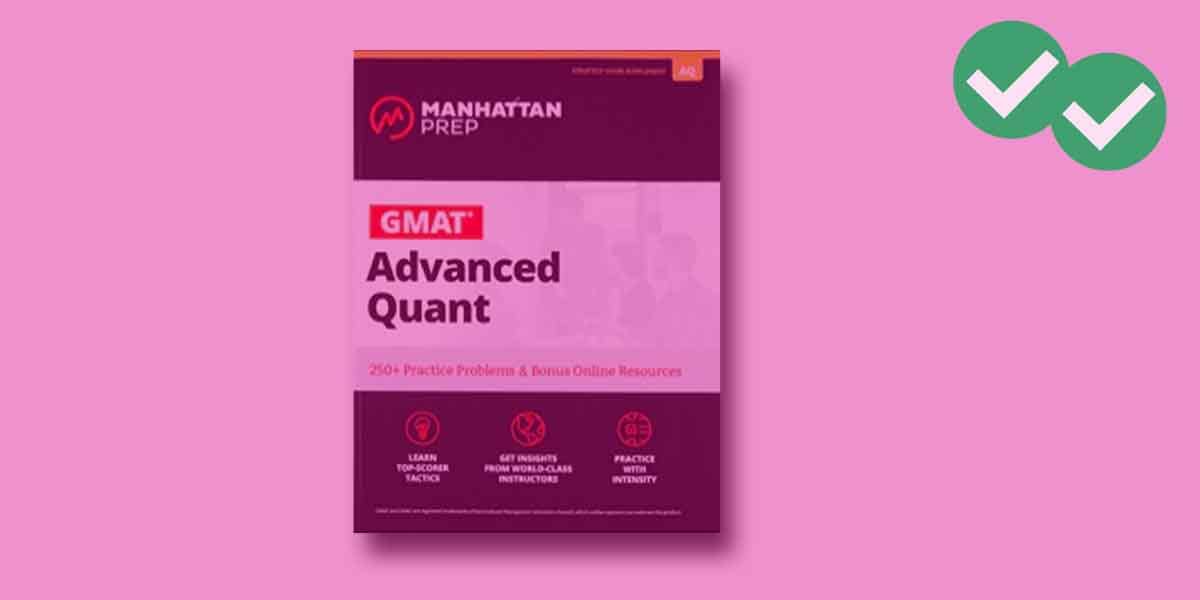
The title of this post may seem facetious. After all, even the person most allergic to math, most traumatized by math, still remembers how to count!
The GMAT, of course, generally will not ask you, for example, to count from one to seven. The GMAT may give you a more complex scenario, and ask you to count how many ways can such-and-such happen. For example:
Shakespeare wrote fifteen comedies (including the so-called “romances”), ten histories, and twelve tragedies. If a summer Shakespeare festival always has one comedy, one history, and two tragedies, how many different combinations of plays can the festival host?
As you see, this “counting” is a little more challenging than the kind of “counting” you learned in your salad days. I would like to convince you, though, that you are quite capable of solving problems like this.
The Fundamental Counting Principle
This one big idea will give you a lot of mileage on any of the problems where the GMAT asks you to count things.
If option #1 has P alternatives and option #2 has Q alternatives (assuming that the two sets of alternatives have no overlap), then total number of different pairs we can form is P*Q. For example: Shakespeare wrote fifteen comedies and ten histories. If we want to select one comedy and one history, the total number of possible pairs is 15*10 = 150.
The FCP easily extends from two choices to three or any higher number. However many collections of alternatives there are, you simply multiple the number of alternatives in each set to produce the total number of combinations. For example: Shakespeare wrote fifteen comedies, ten histories, and twelve tragedies. If we are going to pick one of each kind, and ask how many different trios of plays can we create, the total number is simply 15*10*12. BTW, figuring that out without a calculator is not so hard. First, on the 15*12, use the “doubling & halving” trick —– 15 times 2 is 30, and 12 divided by 2 is 6, so 15*12 = 30*6 = 180, and last, the easiest of all, multiplying by ten: 15*12*10 = 1800.
Permutations and Combinations
Before we can answer the original question posed, we have to clarify some terminology about counting. A permutation is a set in which order matters —- AABC is a different permutation from BACA. A combination is a set in which order does not matter —- AABC and BACA are the same combination of four letters.
This distinction is important in counting because we have to know whether to include the sets that repeat elements in different order. In question #1 above, the question explicitly asks for combinations. In other words, if we pick Hamlet and then King Lear, that’s will be considered the same as picking King Lear and then Hamlet.
This post: https://magoosh.com/gmat/math/gmat-permutations-and-combinations/ considers permutations and combinations in greater detail. For the purposes of this post, we just have to be careful to consider what we are counting.
How Many Pairs of Tragedies?
Shakespeare wrote twelve tragedies, and we want to pick a pair from these. How many different pairs can we pick? We will use the FCP.
Let’s break the task into a first choice and a second choice. For the first choice, we can choose any of the 12 tragedies, so we have 12 choices. Suppose, for the sake of argument, we pick Romeo and Juliet on the first choice. Now, for the second choice, notice that we don’t still have 12 choices, because we don’t want to pick Romeo and Juliet again on the second choice. In general, on the second choice, you have one fewer choice than you had on the first choice, because you don’t want to duplicate whatever element was chosen the first time. Thus, on the second choice there are eleven choices. By the FCP, it would seem the total number of possible pairs of would be 12*11.
If we were interested in permutations, then 12*11 would be the correct answer. Here, though, we are interested in combinations, not permutations. Again, if we pick Romeo and Juliet, then Macbeth, we will count that as the same pair as Macbeth first, followed by Romeo and Juliet. The figure of 12*11 automatically counts each permutations, and so counts every pair twice, as AB and then as BA. Thus, we have to divide 12*11 by two. Thus, 12*11/2 = 6*11 = 66 is the number of possible pairs of tragedies.
The Whole Shebang
Now, we can answer the entire question. We want the number of combinations of four plays consisting of one comedy, one history, and two tragedies. By the FCP, that’s 15*10*66. Notice the math tricks to multiply easily without a calculator.
Split 66 back into 6*11 —- 15*10*6*11
Switch the order —– 15*6*11*10
Use doubling-halving on the 15 & 6 —- (15*6)*11*10 = (30*3)*11*10 = 90*11*10
Then 90*11 —- 90*11*10 = 990*10
Then, the easiest, multiplying by ten — 990*10 = 9900
Thus, the festival can come up with 9900 combinations consisting of one comedy, one history, and two tragedies.
Practice Question
Here’s a practice question on this very topic: https://gmat.magoosh.com/questions/845





Leave a Reply